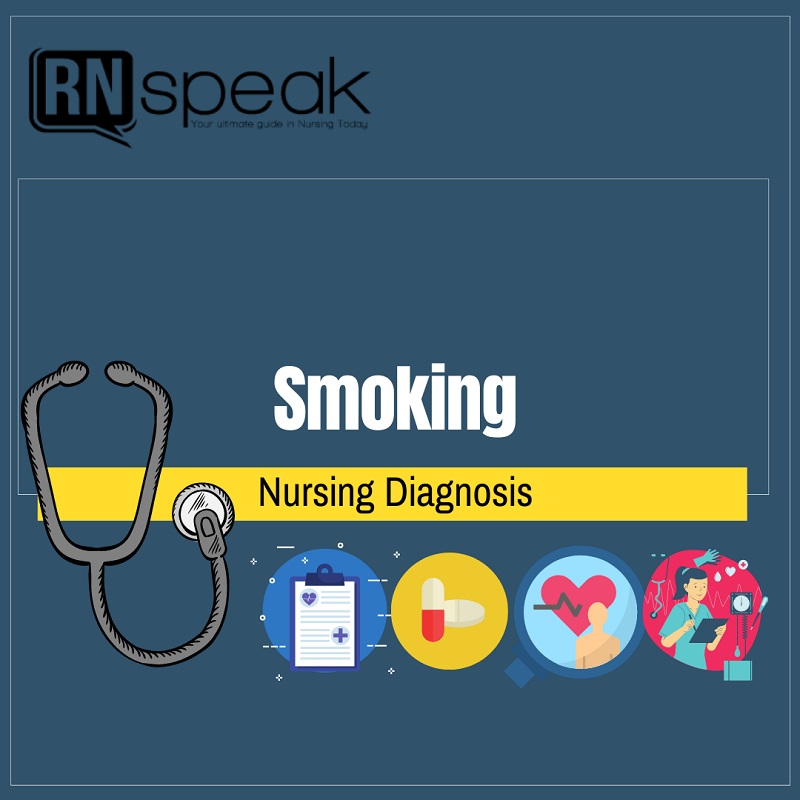Smoking significantly alters the normal mechanism of the body’s oxygenation process. Altered oxygenation in smoking happens because most of the chemical contents of cigarette and shisha causes blood viscosity, blood vessels constriction, and low production of oxyhemoglobin.
Jensen and colleagues (1991) suggested that a typical “pack-per-day” smoker experiences tissue hypoxia during a considerable portion of every day. The onset and duration of tissue hypoxia paralleled the well-established plasma pharmacokinetics of nicotine. This suggests that peripheral vasoconstriction—induced by the adrenergic effects of nicotine—may contribute to the observed decline in subcutaneous wound-tissue oxygen.
In the study of Leow & Maibach (1998), it was reported that smoking is a proven risk factor for chronic obstructive lung diseases, cardiovascular diseases and pulmonary malignancies. There is a logical inference that nicotine is the most probable major cause of the vasoconstrictive and hypoxic effects of cigarette smoking. Nicotine limits the release of prostacyclin synthesis through the inhibition of cyclooxygenase.
It also stimulates the release of the potent vasoconstrictor thromboxane A2. Reduced biosynthesis of prostacyclin in the umbilical arteries of infants born to smoking mother has been well-documented. It is demonstrated that interference of prostaglandin production may be responsible for the vasoconstricting effect of cigarette smoking.
The release of vasopressin—a vasoconstrictor—is induced by smoking. Vasopressin antagonist prevents the decrease in cutaneous blood flow from smoking. Smoking activates the release of sympathoadrenal mediators which are responsible for cardiovascular alterations. The peripheral vasoconstriction due to smoking could be inhibited by a selective alpha-1 adrenoceptor blocker. Vasoconstriction induced by smoking could be a calcium-mediated process. Other possible pathogenic causes that have been suggested include an aggregation of platelets, an increase in the blood viscosity, and damage to the endothelium.
After a decade of continuous studies about altered oxygenation in smoking, still, researches claimed that chronic cigarette smoking is connected with adverse effects on cardiac, pulmonary, and vascular function, as well as linked with the risk of various forms of cancer because of its carcinogenic in nature (Durazzo & Meyerhoff, 2007).
Smoking Nursing Diagnosis
Problem
Alteration in the normal oxygenation mechanism of the body.
Etiology
Smoking
Assessment
Fatigue, dyspnea, increase BP, cyanosis, cold clammy skin, orthopnea, arrhythmia, jugular vein distention, oliguria, anuria, decrease PR, rales, restlessness, syncope, vertigo, weakness, DOB, delayed capillary refill, nausea, and vomiting, loss of consciousness, memory loss
Nursing Diagnosis
Decreased cardiac output related to decrease venous return; alteration in systemic vascular resistance; alterations in rate, rhythm and conduction.
Altered cerebral and cardiopulmonary tissue perfusion related to poor circulation and tissue oxygenation.
Assessment
DOB, abnormal breath sounds, changes in RR, tachypnea, cough, cyanosis, dyspnea, apnea, restlessness, use of accessory muscles for breathing, noisy respirations, shortness of breath, altered chest excursion, pursed-lip breathing, nasal flaring, fremitus, 3-point position, confusion, inability to cough out secretions, hypoxia, irritability.
Nursing Diagnosis
Ineffective airway clearance related to tracheobronchial obstruction, infection and/or secretion; decreased energy and fatigue.
Ineffective breathing pattern related to stress; decreased energy and fatigue; alteration of normal O2 /CO2 ratio.
Impaired gas exchange related to ventilation-perfusion imbalance; altered blood flow; alveolar-capillary membrane changes; poor oxygen supply; altered oxygen-carrying capacity of the blood.
Assessment
Poor wound healing, damaged or destroyed tissue, poor skin turgor
Nursing Diagnosis
(Potential/Actual) Impaired tissue integrity related to altered circulation; irritant, chemicals, and stimulants (nicotine, tar), secretions.
Assessment
Need for behavioral modification, verbalization of the problem, disobedient and uncooperative, hostile, agitated, apathetic
Nursing Diagnosis
Knowledge deficit related to lack of exposure and health education; information misinterpretation; lack of interest in learning.
Altered compliance related to behavior dysfunction; patient value system–health beliefs, cultural influences and spiritual values.
Stress and smoking mess up the body of an individual. The patient’s immediate needs and interventions to ameliorate his present condition include improving cardiac output, tissue perfusion, and gas exchange. Good cardiac output and improved gas exchange provide tissue perfusion—which necessitates for tissue oxygenation.
Logical inferences from the belief that smoking relieves stress; from the culture that man (male) is for smoking; and, as well as the addictive components of cigarettes make it hard for the nurse to address and attend to the health condition of the patient since behavioral modification needs the full support and cooperation of the patient and his family.
Stress management and stress reduction will be the short-term plan for the patient. Since smoking is the main reason for altered oxygenation, cessation in smoking is the only solution to solve this health problem. Smoking cessation will be a long-term plan to achieve a good health status especially in the concept of oxygenation.
References
- Doenges, M. E. et al. (2008). Nurse’s Pocket Guide: Diagnoses, Prioritized Interventions, and Rationale, 11th ed. Philadelphia: F.A.
- Davis. Durazzo, T. C. & Meyerhoff, D. J. (2007).
- Neurobiological and Neurognitive Effects of Chronic Cigarette and Alcoholism. Frontiers in Bioscience 12, 4079-4100.








